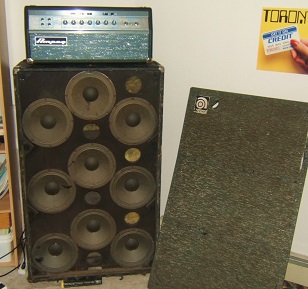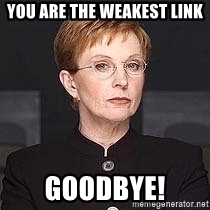Speaker Cab Power Handling For Guitarists - Part 2
Posted by Jonathan Beals on 2018 Jun 8th
I'm building my own cab, how much power will it handle?
That is actually a great question that I don't think enough people ask. For single-speaker cabs, it is simple. The impedance and power rating of the cab are whatever the individual speaker's specs are. In multi-speaker cabs, there are a few possible scenarios you should consider.

Matching Impedance & Matching Wattage
If all the speakers in your cab are the same impedance and the same wattage, it is as simple as adding the wattage together to get to your total. Two 25W speakers will give you a 50W cab. Four 10W speakers will give you a 40W cab. It gets a little more complicated when you mix and match speakers of different wattages.

Mixing Speakers Of Different Wattage
Remember, when the impedance of each speaker matches, the power from the amp will be delivered evenly between each of the speakers within the cab. If you plug 100W of amplifier power into a 4x12 where all the speakers have the same impedance, each speaker will receive 25W. For that reason, you ALWAYS rate your cab based on its weakest link (the speaker with the lowest power handling).

The calculation would be the rating of the lowest wattage speaker times the number of speakers in the cab. For instance, a 2x12 with a 50W and 125W speaker (with matching impedances) would be rated at 100W (2 times 50W). A 4x12 with two 100W speakers and two 50W speakers will only be rated at 200W (4 times 50W). In a crazy example, a 4x12 with three 100W speakers and one 10W speaker would best be rated for 40W (4 times 10W).
Mixing Speakers Of Different Impedance
First of all, just don't do it. Amplifiers have rated outputs and your cab should match that output. If your amp is looking for an 8 ohm load, connect it to an 8 ohm cab. Mixing speakers with difference impedance makes this nearly impossible because your cab's impedance will always be some odd number that doesn't line up with the output from most guitar amps. But since you asked (and you're not the only one), we'll provide an answer.

We mentioned earlier that speakers of the same impedance receive the same amount of power from the amplifier. Well, if you think of impedance like resistance (it's more complicated than that, but it's easier to understand this way), then you intuitively understand that if one speaker was half the impedance of the other, it would receive twice the power (because it is half the resistance in this analogy), and vice versa.
Example: If I had 100W of amplifier power going into two 8 ohm speakers, they'd each receive 50W of power. If one of those speakers was 4 ohms, that speaker would receive twice the power of the other speaker out of the 100W. Which means the 4 ohm speaker would receive 66.7W and the 8 ohm speaker would receive 33.3W. You'd also be stuck with a cab of either 2.67 ohms (in parallel) or 12 ohms (in series).

See why you shouldn't mismatch speaker impedance? This is where the math gets fun (or annoying, depending whether or not you love math.) To save your brain, here is a wonderful calculator you can use to calculate impedance and determine how the amplifier power will be divided between multiple speakers within a cab.
http://www.speakerimpedance.co.uk/?act=two_series...
But you'll never need to use it right? Because you're going to follow the rules and always match impedance right? Just making sure. ;)

In Summary
Rule #1 = Always match speaker impedance
Rule #2 = Always rate your cab based on its weakest link (power handling of lowest wattage speaker times the number of speakers in the cab)
Rule #3 = ALWAYS match speaker impedance

Great! I'm mixing a 100W speaker and a 10W speaker in the same cab. Will the volume difference be a problem?
Wattage and loudness are not related (at least, not in the way you think). A speaker's acoustic power (volume AKA loudness measured in dB) is a product of its efficiency, not its power handling. More on that next time...

